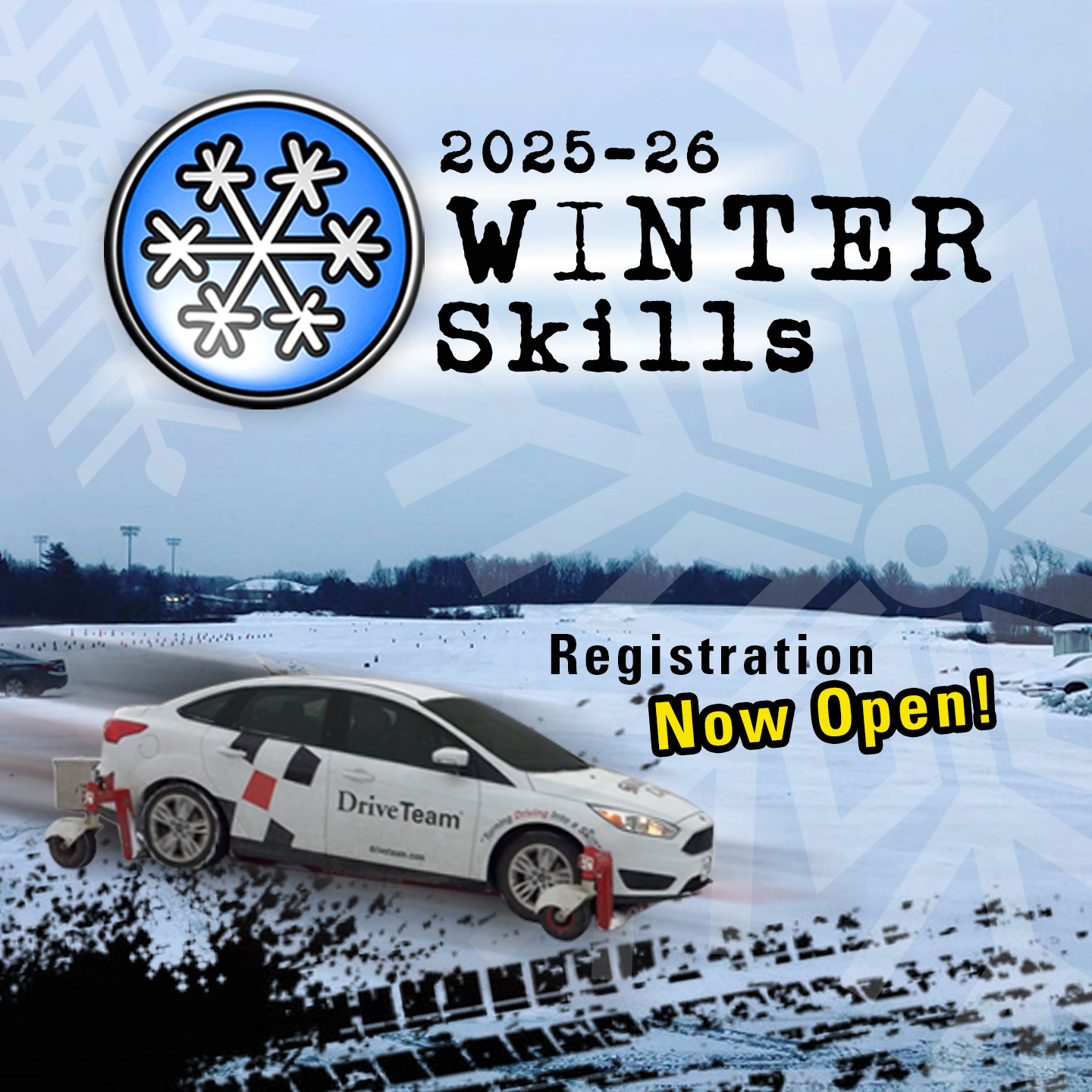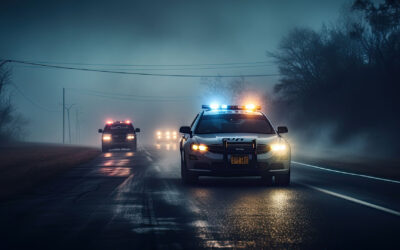Let’s cut to the chase: speeding isn’t a small risk. It’s the number one cause of fatal crashes for people your age, period.
Whether you’re cruising past the speed limit sign or just driving too fast for the actual road conditions—like rain, slick leaves, or heavy traffic—the outcome is the same: you lose control. Speeding instantly cuts down your ability to react, shoves your stopping distance way out, and makes any crash you get into seriously, dangerously worse.
The Real Cost of Trying to Save Five Minutes
It feels like saving time, right? But the math and the physics don’t lie. Data shows that speeding is involved in almost a third of all deadly accidents.
Think about this: Doubling your speed actually quadruples your stopping distance.
Imagine you’re driving $70$ mph. You’re covering over $100$ feet every second—that’s the length of a professional basketball court. If you look down at your phone for literally one second, you’ve just driven $100$ feet totally blind.
When something unexpected happens, like a car slamming on its brakes or a deer jumping out, that $100$ feet is the difference between avoiding a disaster and a life-changing crash. When you speed, you’re betting that nothing will go wrong in the next hundred feet, and that’s a bet you can’t afford to lose.
Speeding vs. Driving Too Fast for Life
It’s crucial to know the difference between these two issues, because you can be doing both at the same time:
Speeding is easy: You’re simply driving faster than the sign says.
Driving Too Fast for Conditions is sneakier. This means the speed limit might say $55$, but if the road is covered in fog, rain, black ice, or packed with bumper-to-bumper traffic, driving $55$ is still unsafe. You’re driving faster than is safe for the current circumstances.
In both situations, you’re exceeding your safe limit, and the result is always loss of control, much longer stopping times, and a massively higher chance of crashing.
Five Ways to Be a Smart, Safe Driver
Speed control is one of the most critical skills you’ll ever master behind the wheel. Use these tips to keep control (and keep your insurance rates low):
- Adjust to the Weather: Always pull your speed down on wet, icy, gravel, or construction-filled roads, and when traffic is heavy.
- Give Yourself Space: The bigger the gap between you and the car in front, the more time you have to react. If you add challenges (it’s night, it’s foggy, the traffic is nuts), add an extra second of space. Space equals time, and time is control.
- Slow Down Before the Curve: Don’t wait until you’re in the turn to hit the brakes. Entering a curve too fast is one of the easiest ways to slide off the road or flip your car.
- Watch Everyone Else: Speed limits don’t account for the distracted, unpredictable, or flat-out careless drivers around you. Slow down and maintain a buffer zone.
- Be Patient: Getting somewhere five minutes late is always, always better than risking a crash that could take hours, months, or years of your life.
Speed isn’t just about how fast you can go—it’s about how quickly and safely you can stop, steer, and respond when things go sideways. It’s your responsibility to drive to the conditions and protect yourself and everyone else on the road.
The DriveTeam Perspective
Speed management is one of the most critical skills we can have as drivers. Through hands-on training we can help drivers recognize the connection between speed, space, and reaction time. Real-world driving scenarios, skid control exercises, and emergency braking drills give drivers firsthand experience in how quickly conditions can change—and how critical it is to stay in control.
Speed isn’t just about how fast you’re going—it’s about how safely you can stop, steer, and respond. Every driver has the responsibility to adjust speed for conditions and make decisions that protect themselves and everyone on the road.
More From Our Blog
The Critical Importance of Police Driving Training
How Comprehensive Police Driver Training Enhances Safety and Reduces Risks To date, we have lost seventy-seven police officers nationwide in the line of duty. Tragically, twenty-seven of these deaths involved vehicles. According to the National Law Enforcement...
Fall Driving Safety in Ohio: Deer Awareness, Collision Prevention, and Essential Tips
Fall Driving Safety - Essential Tips As fall arrives in Ohio, drivers face heightened risks from deer on the roadways. With the deer mating season, known as the rut, peaking from late October through December, understanding how to avoid deer-vehicle collisions is...
What Does a Motor Vehicle Crash Cost Your Organization?
Motor Vehicle Crash - Driving Down Costs At DriveTeam, we specialize in training teen drivers, law enforcement officers, firefighters, EMS personnel, and corporate fleet operators. We've witnessed firsthand the transformative power of quality driver education. Over...




